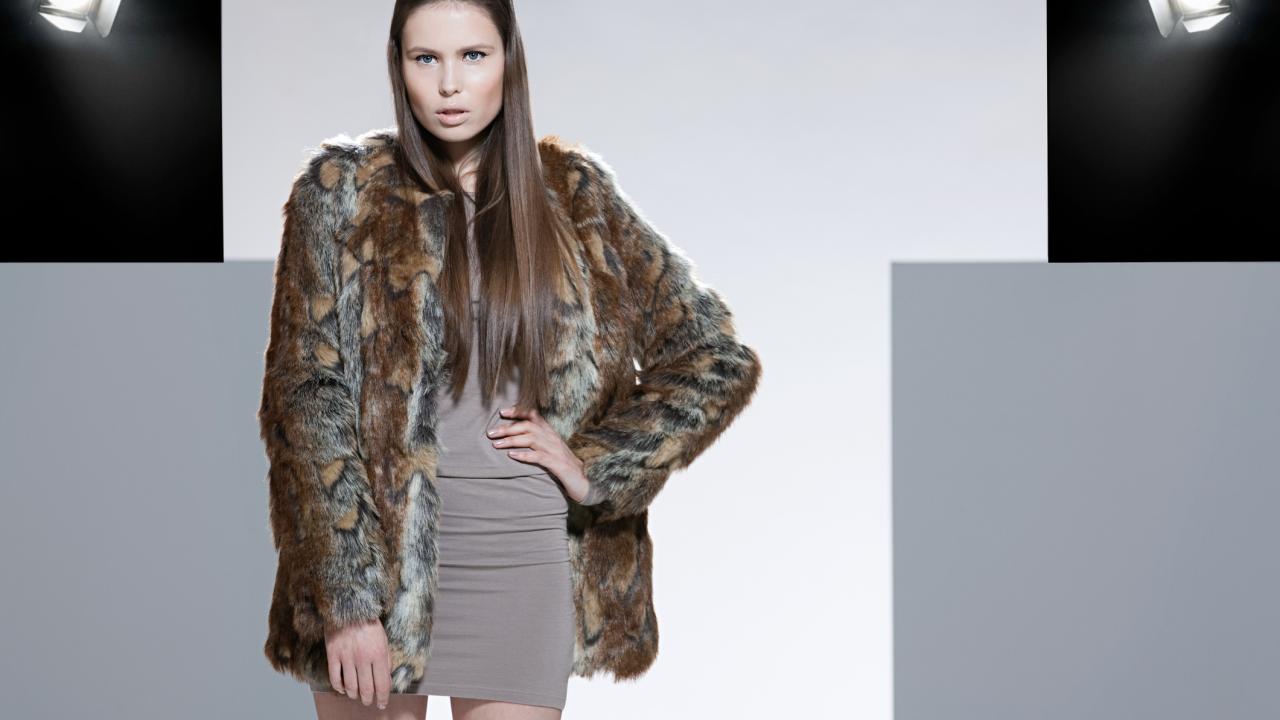Quick Summary
- How a social movement and an influential magazine successfully challenged the morally problematic use of fur in fashion
The blog highlights and summarizes an article by Frédéric Godart, INSEAD. It comments on a study by Greta Hsu, professor in the Graduate School of Management at UC Davis; and Giacomo Negro, Emory University. You can access the full article here.
Luxury fashion houses have long considered their use of fur in runway collections as an expression of "artistic freedom," aesthetic autonomy and refined craftsmanship. High-end designers believed their creativity knew, and should know, no limits. For years, designers dismissed the anti-fur movement and growing ethical backlash.
It stayed that way until 10 years ago, when there started to be a significant decrease in the use of fur by high-end fashion houses.

Findings suggest that Vogue’s evolving view of fur had a direct influence on fashion designers’ decisions.
However, anti-fur activism did not single-handedly force high-end producers to quit fur. In a study on the use of contested practices in creative industries, findings suggest that it took an influential gatekeeper — in this case global fashion magazine Vogue — to change its perception and portrayal of fur before designers followed suit. Greta Hsu, a professor in the Graduate School of Management at UC Davis, and her co-author, highlight the complex role of gatekeepers in creative industries and indirect pathways through which external social movements drive change.
Forcing fur off the runway
The study examined the use of fur in runway shows from spring 2000 to fall 2018 in the major fashion capitals of Paris, Milan, London and New York and determined whether a fashion house used fur in each collection based on Vogue’s runway reports. The data includes 670 fashion houses with at least two fashion shows in this period, with a focus on women’s ready-to-wear collections.
“We based our analysis on Vogue as it is arguably the most important publication in the fashion world and the only one that is truly global,” the study authors said. ''The magazine's runway reviews not only describe the collections, but provide opinions and critiques.”
The study found that from around 2009, there was an increase in references to moral and social concerns surrounding the use of fur, with a marked increase in 2014. Around the same time, there was a fairly steady decline in the use of fur in runway collections, after a peak in 2011. These findings suggest that Vogue’s evolving view of fur had a direct influence on fashion designers’ decisions.
This observation does not undermine the role of the anti-fur activists. “We found that specific forms of activism, such as advertising campaigns and legal maneuvers, were most effective in helping steer the conversation,” the article said. “The anti-fur movement has been successfully changing the discourse for decades, which in turn helped Vogue change its tune.”
The right side of change
“We are seeing similar trends in other big social movements like climate change,” the article continued. “As activists begin to change the way people think, there is initially a lot of scepticism. But when key stakeholders eventually come around to the idea, the whole system changes.”
It is clear from the example of the use of fur in fashion that creative industries and companies in general need to address external challenges before they are forced into uncomfortable positions. They need to recognise that social movements emerge for a reason and be aware of what is going on around them. Firms should not be waiting for gatekeepers, or other industry experts, to pile on the pressure before they take action.
Responding to social movements is an opportunity to set an example. The message is clear: creative industries need to adapt to changing societal values, or risk being forced to change.
Greta Hsu is a professor of management at the Graduate School of Management at UC Davis.
Frédéric Godart is an associate professor of organisational behaviour at INSEAD. His research focuses on the dynamics of creative industries and explores the impact of formal and informal social networks on creativity.
Giacomo Negro is a professor of organization & management and professor of sociology at the Goizueta Business School, Emory University
Media Resources
Media contact:
- Karen Nikos-Rose, kmnikos@ucdavis.edu
